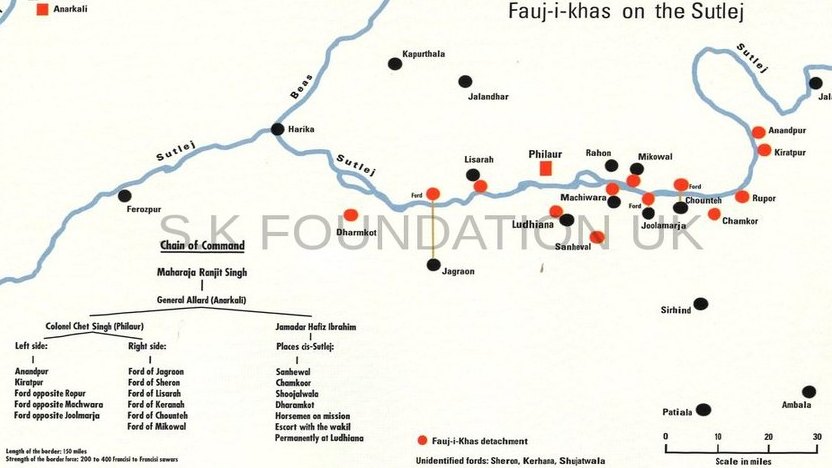
Sikh Empire and the causes of the Anglo Sikh Wars lecture report
Bobby Singh Bansal-Documentary maker and historian.
Newarke Houses Museum, Leicester 11th March 2017.
The first lecture as part of the exhibition Anglo Sikh Wars: Battles, treaties and Relics was undertaken by Bobby Singh Bansal. The lecture kicked of the exhibition with major attendance of the first day of the opening. The lecture was introduced by the director of the Sikh Museum Initiative, Gurinder Singh Mann. The lecture concentrated on the history of Maharajah Ranjit Singh and the Lahore Durbar.
Bobby gave information on how the Sikh empire was forged into the mightiest empires in the east during the 1800 period. The conquests of the Ranjit Singh with a legion of hardened soldiers like Hari Singh Nalwa and Akali Phula Singh led to the Punjab being a stable area of the Indian Sub continent.

The lecture also shed light on the causes of the Anglo Sikh Wars with Bobby stating that the Sikh army had crossed the sutlej into areas which were under the Lahore Durbar’s jurisdiction. As a result the Sikh army had a right to be in the conclaves where they had crossed. As a result the British used the crossing as a pretext to call for war against the Sikhs. The British had already increased their forces around the Punjab for many years and hence they had the Punjab technically surrounded. The amassing of boats around the Sutlej also led fears that the British were gunning for war.

Map showing conclaves below the Sutlej which was sikh or disputed territory.
With this in mind the Lahore Durbar led by generals like Tej Singh and Lal Singh also had a vested interest in curtailing the size of the army. As a result battle plans and maps were provided to the British leading to them having a major advantage in the wars. Hugh Gough, commander in Chief of the British forces together with the Governor General Henry Hardinge were still faced with many hurdles and the battles of Ferozeshah and Buddowal showing the strength of the Sikh firepower and abilities.

The Battle of Sobraon Map being shown to lecture participants.
Bobby and Gurinder Singh Mann then took part in the questions and answers session. Lecture participants were also shown a rare Sutlej Medal from the collection of Bobby Bansal as well as a number of rare Sikh maps related to the battlefields of the Anglo Sikh Wars this included the battle of Sobraon. These were the actual maps used by Hugh Gough during the Anglo Sikh Wars. Bobby had discovered these maps in 2011 at Hugh Gough’s Galway estates. The lecture was recorded by the Sikh Museum Initiative and will be released at a later time. Photography was undertaken by Punjab 2000.
More photos from the lecture can be seen in the media section.
The exhibition Anglo Sikh Wars Battles, Treaties and Relics runs until 4th June for more information visit www.anglosikhwars.com
